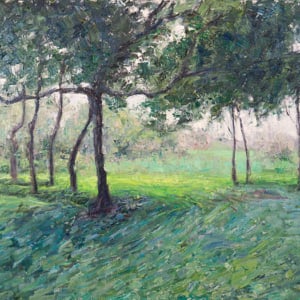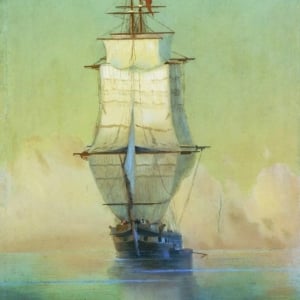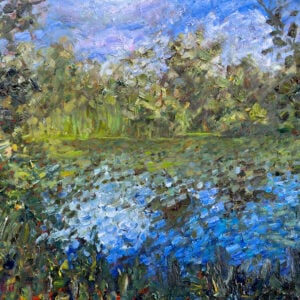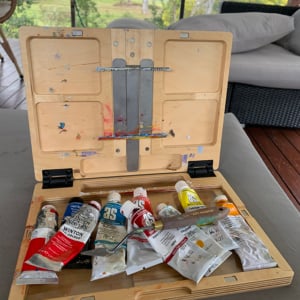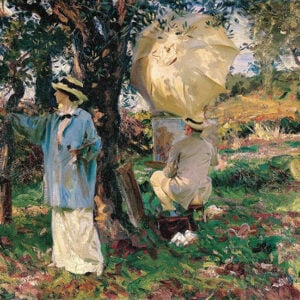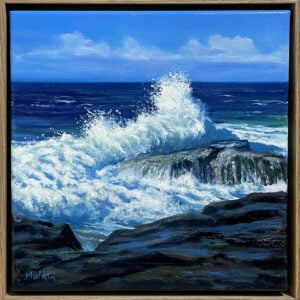Écorché (which means “flayed” in French) refers to anatomical studies of human or animal forms without skin, having the underlying muscles and tissues exposed. The term is not specific to any medium-it could refer to a drawing, painting, sculpture, or digital work.
Artists use écorché to gain a better understanding of what happens underneath the skin, with a view of using this information to convey more realistic figures in their artworks.
Brief History of Écorché Drawings
The practice of écorché in art is generally traced back to the Renaissance period, though it may have been practiced earlier. Leonardo da Vinci would dissect cadavers and create écorché drawings to document his findings, like the one below.

Michelangelo, another Renaissance artist, was provided cadavers to study from by a church named Basilica di Santo Spirito in Florence, Italy. As a show of appreciation, he sculped a crucifix for the church’s altar in 1492. You can read more about this here.

In 1543, Andreas Vesalius published De Humani Corporis Fabrica (On the Structure of the Human Body), considered to be one of the most significant works in the development of medicine and anatomy. The book contains many écorché and skeletal drawings based on autopsies and dissections of cadavers.

In 1756, British painter George Stubbs began dissecting horses to study the underlying anatomy in hopes of adding more realism to his work. His book, The Anatomy of the Horse, is celebrated as a groundbreaking work of art and science, and his devotion to anatomical study became clear through his incredibly life-like portraits of horses.

Edwin Landseer began his artistic education by dissecting and studying animals. Many of his écorché drawings of dogs, cats, horses, and other animals still exist at the Victoria and Albert Museum in London.

Écorché Sculptures
Renaissance sculptor Lodovico Cardi (or Cigoli) created one of the first bronze flayed figures in Florence.
French sculptor Jean-Antoine Houdon also produced some remarkable écorché sculptures which have been widely used in art academies. Here is a free publication regarding Houdon’s work.
Want to Learn More?
You might be interested in my Painting Academy course. I’ll walk you through the time-tested fundamentals of painting. It’s perfect for absolute beginner to intermediate painters.
Thanks for Reading!
I appreciate you taking the time to read this post and I hope you found it helpful. Feel free to share it with friends.
Happy painting!
Dan Scott

Draw Paint Academy

